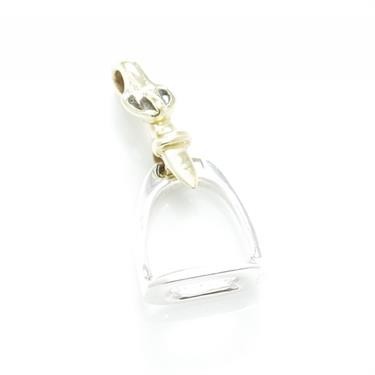The lowdown on buying and selling silver
Post on: 7 Август, 2015 No Comment

Investing » How to buy and sell silver
When the stock market looks a little wild or the economic outlook is uncertain, investors often consider alternative investments in precious metals to diversify their portfolios. But taking a plunge in the silver market isn’t as clear-cut as buying into a mutual fund. So before you exchange your hard-earned green for some silver, it’s a good idea to nail down the basics. Here’s what you need to know.
How do you buy silver?
Just as with gold, investing in silver can take numerous forms. Broadly speaking, silver investors have two options right from the outset: Invest in the physical metal or purchase a financial security that moves with the price of silver.
If it’s actual silver that an investor seeks, he or she can choose to buy coins, bars or rounds (privately minted coins).
Silver bars are made of (nearly) pure silver, and they normally trade at a small premium above (the prevailing market) value for silver, says Chris Zeches, managing partner of Zeches Wealth Management in Tucson, Arizona.
Silver bars can be purchased from major banks, as well as bullion dealers.
Investing in silver coins presents another fork in the road for investors. On the one hand, there are collectible coins that often rise and fall in value based on factors having to do with the demand for that particular collectible. While those coins contain silver, the metal usually isn’t the primary driver of the price, according to Zeches, who cautions against buying collectible coins if you’re just interested in a silver investment.
By contrast, bullion coins work much like silver bars, deriving their value solely from the amount of silver they contain.
If an investor is looking to specifically invest in silver, (he or she) may want to invest in the bullion coins because the collector coins also have numismatic value, Zeches says. The bullion coins can be purchased through the U.S. Mint, as well as through authorized dealers, while the collector coins can be purchased through collectors and private sellers.
Be careful with real silver
While the price of silver is determined by trading on the commodities market, investors who buy physical silver still need to be careful about their investments, says Terry Hanlon, president of Dillon Gage Metals in Addison, Texas.
To start, Hanlon says that buyers interested in bullion coins can use a software tool on the U.S. Mint’s website to find recommended dealers. To avoid scams, it’s also a good idea to vet the dealer with some simple Internet research.
But even if you work with a trustworthy dealer, Hanlon says many novice silver investors fail to do the homework necessary to understand the minutiae of silver trading. The result is that they often buy at too high of a price to make any real money or rely too much on the dealer and make investments that aren’t right for them, he says.
Investing in silver without physical ownership
Bars, and to a lesser extent, bullion coins hold a high glamour factor for some investors, says David Christensen, CEO of ASA Gold and Precious Metals Ltd. based in San Mateo, California. But putting the allure of owning physical silver aside, many investors choose either an exchange-traded fund, or ETF, or stock in a silver mining company for their investment, Christensen says.
ETFs are widely used investment vehicles that track indexes or commodities. Investors interested in buying silver through an ETF typically look at iShares Silver Trust (trading symbol SLV), which tracks the price for silver. Most discount brokerage houses offer investors access to SLV or other similarly organized ETFs.
Investors should remember that when they buy an ETF, they aren’t buying real silver. It’s just like buying stock, Christensen says, adding that many investors prefer ETFs because they offer a very high level of liquidity.














